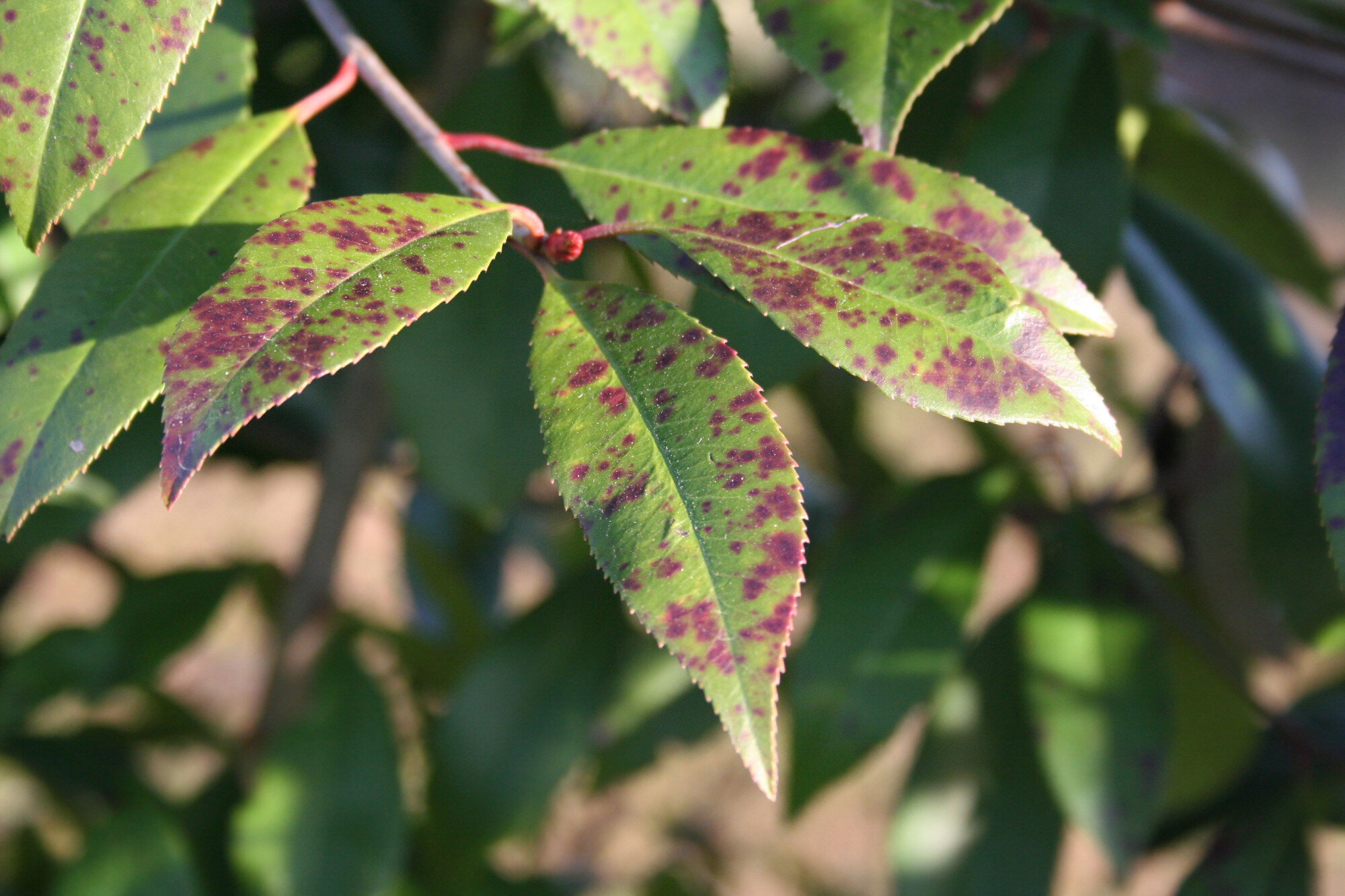
Taking care of your trees does not just mean necessary pruning and fertilization; you need to know about tree disease control. What does it mean when your leaves are falling in spring? Why is the bark discolored?
Keep reading to learn about common tree diseases and what to do about them.
Fire Blight
Fire blight is a bacterial disease that targets pome fruit trees, like apple, pear, loquat, and quince trees. It is incredibly destructive and spreads rapidly, especially in hot weather and during bloom.
The pathogen often invades in spring, taking advantage of openings presently by flower blossoms or branch tips. Wounds ooze bacteria that insects, rain, or wind carry to other trees. Signs of this disease are dark hook-shaped branches, dead leaves and fruit, formation of cankers, and a scorched appearance.
Unfortunately, there is no cure for fire blight. However, a skilled arborist can carefully prune the tree to cut off the infection before it spreads. In severe cases, the removal of trees prevents the disease from spreading to other susceptible plants.
Leaf Spot Diseases
Leaf spot disease does not typically refer to one specific ailment. Instead, leaf spots are caused by a wide array of different environmental factors, including fungi, bacteria, insects, mildew, fertilizer burn, overwatering, and drought.
Anthracnose is a fungal disease that likes damp weather and often crops up in early spring. Sporadic yellow-ish brown spots coat leaves before they die and fall off. It causes dieback of twigs, and small black sporocarps may appear, which spread fungal spores.
While the leaf spot disease anthracnose may cause sections of the tree to shed all of its foliage, it rarely ever overpowers or kills mature trees. If you believe you are dealing with a fungal leaf spot disease:
-
Monitor the health of the tree (as it can likely recover on its own)
-
Clean up fallen leaves and twigs to help prevent the spores from spreading
-
Do not use fertilizer or fungicides before speaking to an arborist who can advise you on the best practices
Dutch Elm Disease
Dutch elm disease is a fungal infection that was introduced to North America by accident in the 1930s and has decimated millions of elms. This destructive affliction typically hits in early summer, causing wilting, yellowed leaves, and branches. As it progresses, the leaves will curl and turn dark brown.
When the bark of a tree infected with Dutch elm disease is cut away, the bare wood shows brown streaks through the vessels. The fungus is spread by beetles or unintentionally by humans. Experts should only handle the removal of dead sick elms.
Sudden Oak Death
Sudden oak death is, and looks, almost as dramatic as it sounds. This tree disease was noticed in the early to mid-90s in oak and tanoaks in California and has taken out millions of trees since.
This disease spreads by a type of water mold that spreads quickly in the rain and wind. Oak trunks often break out with cankers that ooze a red sap, which seriously hurts the health of the plant. If it survives this stage, the weak wood attracts beetles that often cause it to die and go on to spread fungal spores.
The treatment for oak trees is typically restricted to preventing the spread to uninfected plants. However, a tree disease control specialist can help you remove your ill tree and make the right choice for replacement.
Stay Protected Against These Common Tree Diseases in California
Checking on the health of your tree may not occur to you until it is suffering. We hope learning about these common tree diseases helps you take care of your foliage.
If you have questions about how to take the best care of your trees, contact us here!


